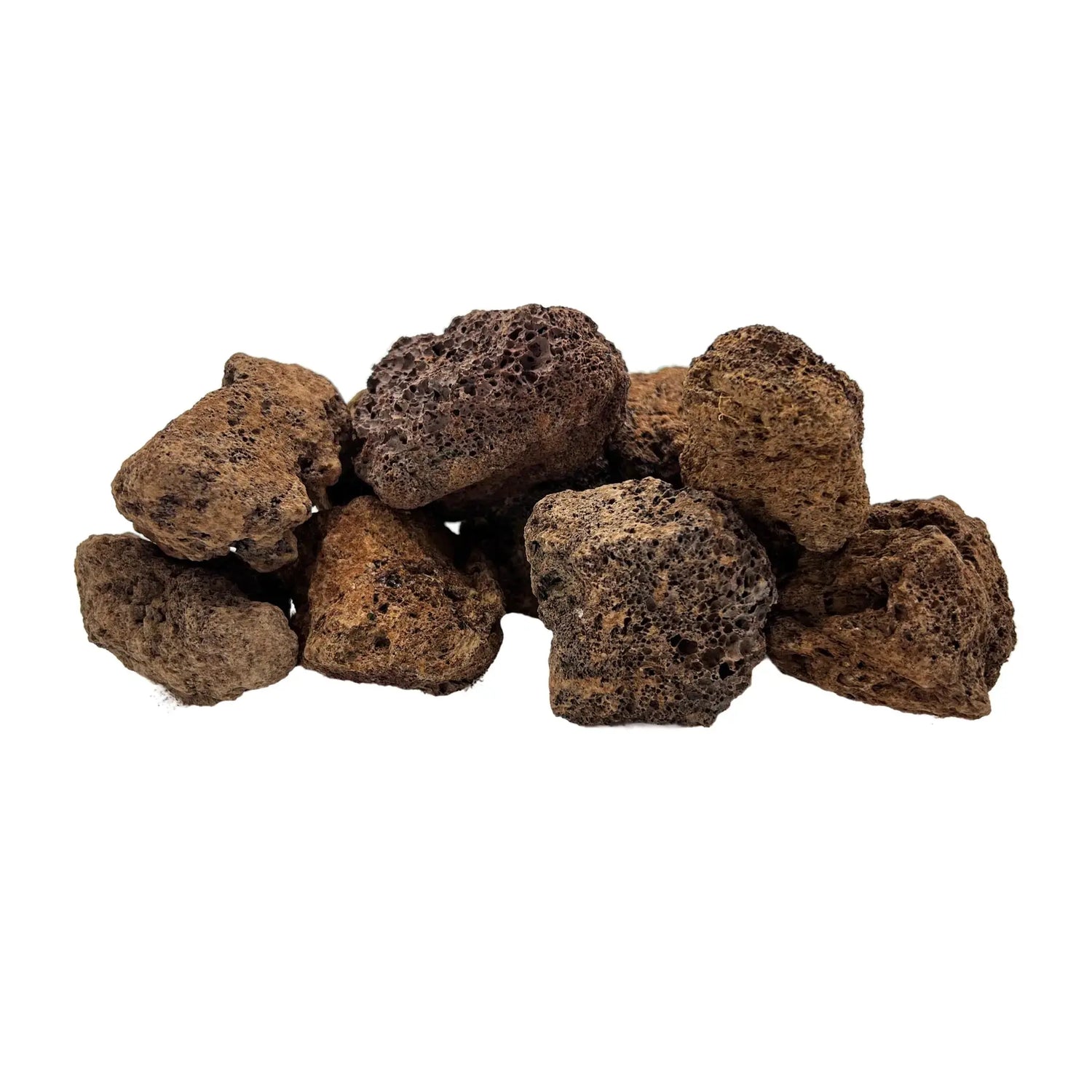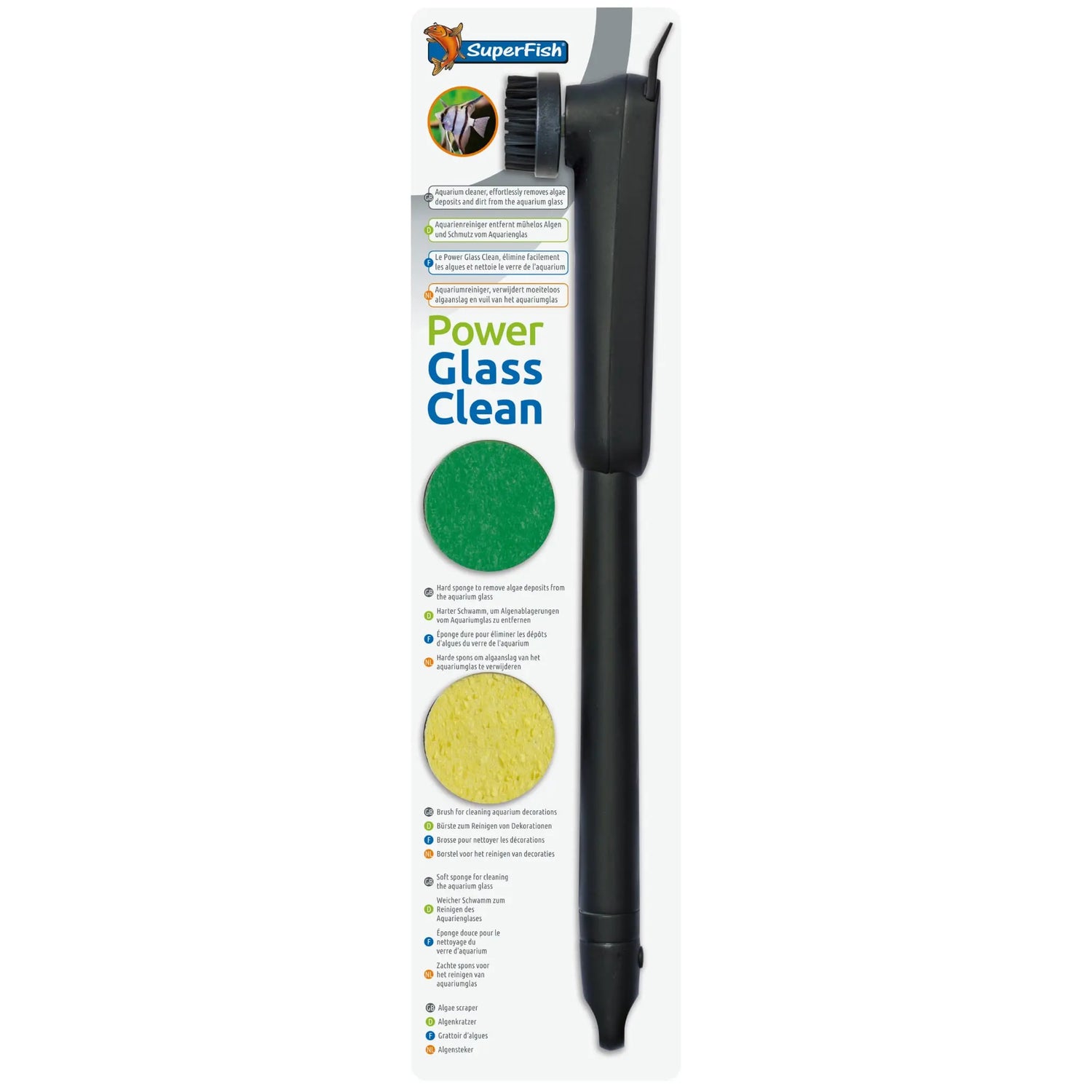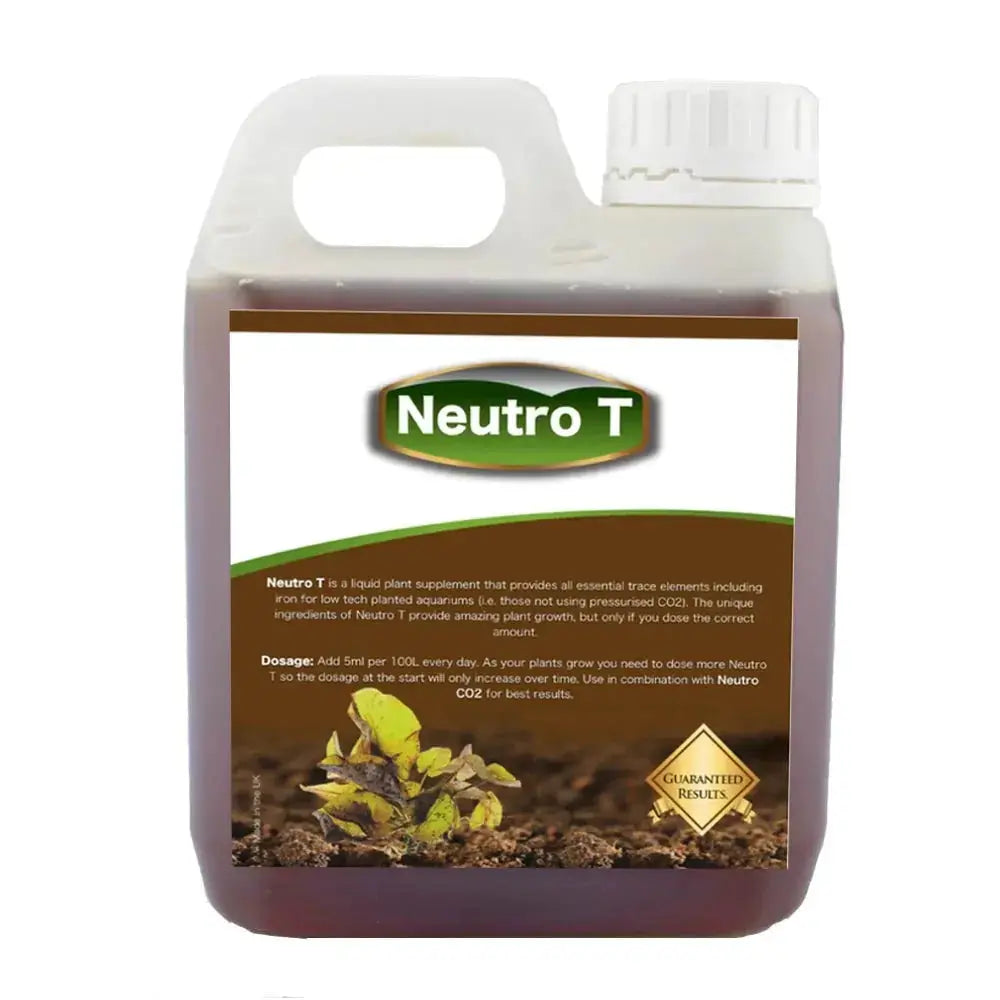Hair algae problems? Dr Richard can fix it :)
Here's part 1 of 2 blog posts on it. Second part will be updated tomorrow.
Frustrating algae or what?! I think so...
It’s annoying right? Gets everywhere, looks horrible and grows so darn fast. I’ve written about this in my blog numerous times and spoken to countless customers about it. I know how much it can spoil an aquascape but more importantly I know how to fix it.
In order to fix anything, we need to know more about it. We need to know how it’s created, what can cause it and ultimately how to get rid of it. It’s worth mentioning that 95% of all algae is CO2 related. That’s right, you can fix most plant issues in the aquarium if you get your CO2 levels correct and this is something I have been banging out about for ages and you will hear me beating the drum again and again until it sticks. For those of you who are yet to invest in a CO2 system, now is your chance - if you want to deal with your algae head on and make your tank look spectacular you need pressurised CO2. Baring in mind that most algae is CO2 related you can see why having a pressurised set would be useful right? Good. And if you are already using CO2, you’re probably not using enough and your lighting is either too strong or on for too long. I hear lots of people ‘self diagnose’ and say it’s excess nutrients - this is a load of poppycock. Excess nutrients DO NOT cause algae. Lack or unstable CO2 levels, poor water movement, insufficient fertilisers, excess lighting and a lack of water changes do.
So now you know excess nutrients do not cause algae - this I can be sure about. I have loads of nitrates and phosphates in my planted aquarium and I never have hair algae unless something happens to my CO2 levels. With that in mind you need to crank up yours (without killing your fish) and use a drop checker with bromo blue to monitor levels. If you’re not sure about drop checkers, have a look on our website and you will see the different types available. In a nutshell drop checkers all work in the same manner and monitor your CO2 levels. The solution within the drop checker starts at blue and then changes to green if you have the right amount of CO2 or yellow if you have too much. All you need to do is adjust your CO2 flow rate according to the colour change of your drop checker - it’s as simple as that. Get your CO2 right and algae issues are generally a thing on the past - get it wrong and you know the rest. But there are a few other tips I want to share with you:
(end of part 1 of blog post - second post made tomorrow!)





